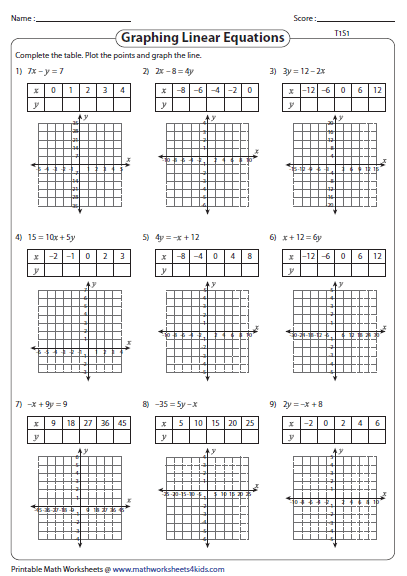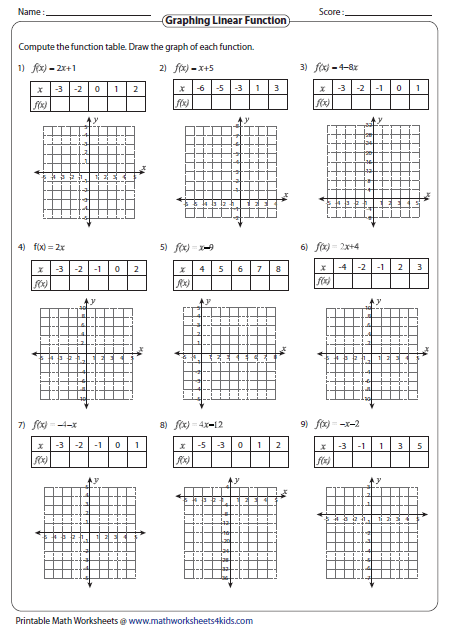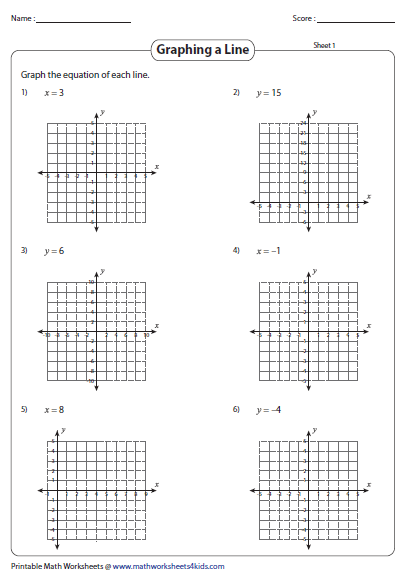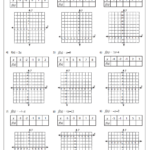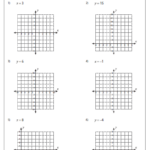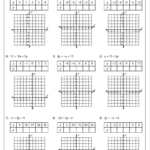Graphing Linear Equations To Make A Picture Worksheet – Line Graph Worksheets can help you develop your understanding of how a line graph works. There are many types of line graphs and each one has its own purpose. We have worksheets that can be used to teach children how to draw, read, and interpret line graphs.
Create a line graph
Line graphs are useful tools for visualizing data. It can show trends and change over time. For example, it can show the rate at which bacteria grow, or the changes in temperature and pH levels. These patterns and trends can be useful in making predictions about the future. A line graph worksheet can include many different types of questions.
Two axes are usually found in a line graph: the horizontal X-axis which displays data, and the vertical Y-axis which displays data. The X-axis represents time, and the Y-axis, or vertical left-hand side, shows the numbers being measured.
Line graph worksheets are a valuable tool for teaching statistical concepts. These worksheets provide students with ample practice, which allows them to draw and interpret line graphs. Besides practicing drawing and interpreting line graphs, they also help build students’ analytical skills. They can also be used as an introduction to solving word problems and analyzing data.
Create a bar graph
Learning how to create a bar graph using line graph worksheets can help you visualize and compare data. A line graph is an effective way to compare two different groups of data, especially if the changes are small. It is also a good way to demonstrate changes in one piece of information over time.
Bar graphs can be used to interpret data, and they are particularly useful for comparing data from different categories. This type of graph usually has two axes. The horizontal x-axis represents categories, while the vertical y axis displays discrete values. Bar graph worksheets for elementary school students follow a systematic approach and guide kids through the process of creating a bar graph, reading it, and interpreting it.
Graphing data is easy with Excel’s standard bar graph and line graph options. Bar graphs are the most accurate for illustrating data points, proportions, and trends. While line graphs can be useful for displaying data over long periods of times, they can also be misleading. If the data is plotted incorrectly, they can exaggerate or hide certain results.
Create a scatter plot
Line graph worksheets can be used to create scatter plots from data sets. These graphs contain columns of independent and dependent variables. If desired, you can alter the color and size of the lines and add markers.
A scatter plot shows two numeric values, and the relationship between them. Typically, this type of graph contains two columns: the dependent variable is on the Y-axis, and the independent variable is on the X-axis. These two values can be stacked together to create a timeline.
Predictive modeling can be done using scatter plots. Scatter plots can be used to find outliers in data. It is essential to understand scatter plots if you are interested in science and advanced math.
Write a title for a line graph
Line graphs can be used to show changes in time. Line graphs are particularly useful for data with peaks or valleys, and they can be collected in a relatively short time. The title you use for a line graph should explain its contents. You can be creative and use a variety of words, but it must tell the reader what the graph is about.
Line graphs are not only useful for graphing data over time but can also be used as a way to compare two sets. For example, a graph might compare the cost of milk in 2005 with the cost in 2005. Next, the student will need to identify the first point of the graph and connect it with the other points by using lines.
You can place the title on graphs either above or below the graphic image. If the title is placed below the graphic image, it will not resize.
